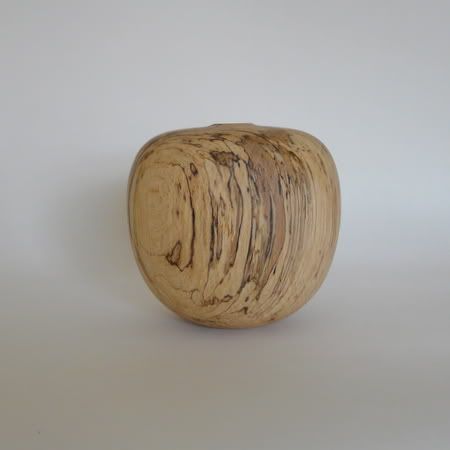cornucopia
Established Member
hello folks here are two hollow forms i've made today
the wood is beech but it seems to have gone dark instead of spalting (a new one on me) there was a light patch in the centre of the log (which is the area on the forms) and a 1"ring around the outside which had spalted but the majority has just gone dark.
do i still say its spalted? in theory it has been affected by a fungus of some sort???
what do you think?
the first one
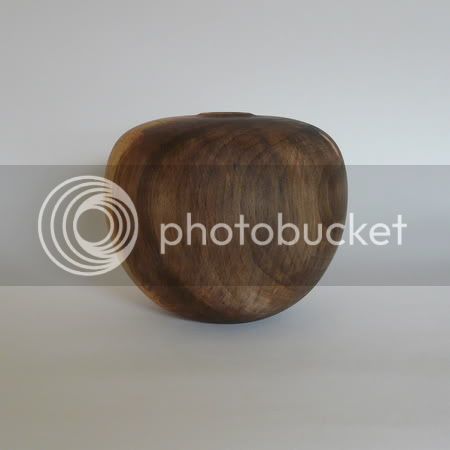
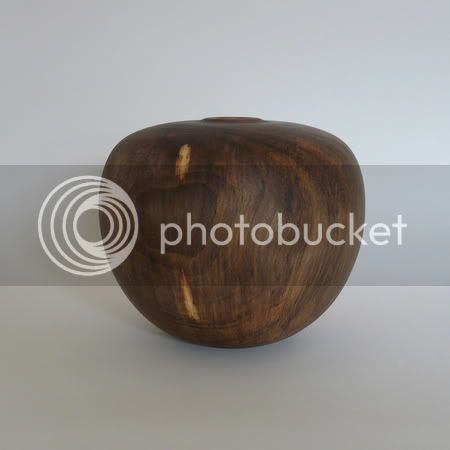
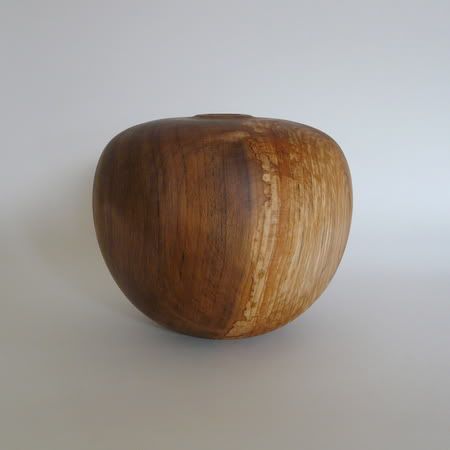
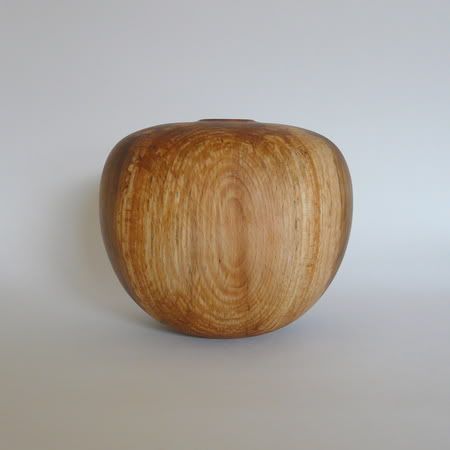
the second one (looks better in the flesh)
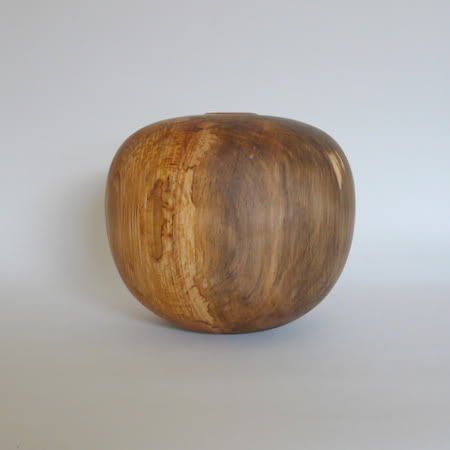
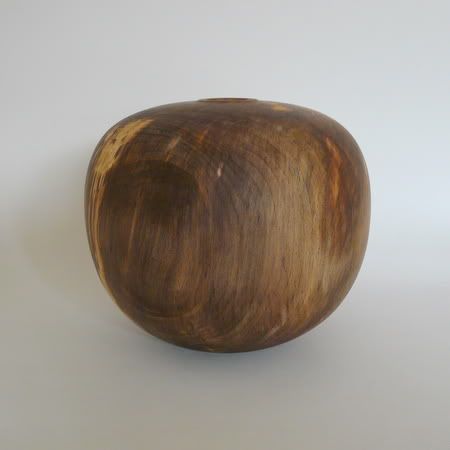
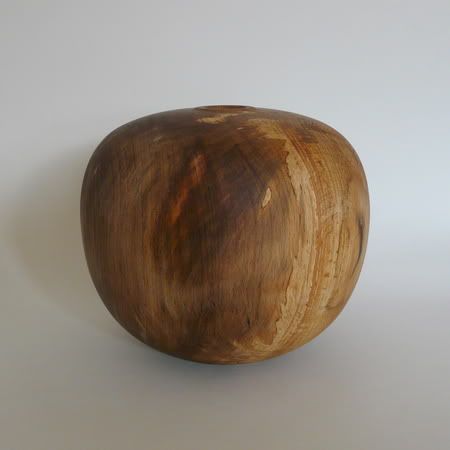
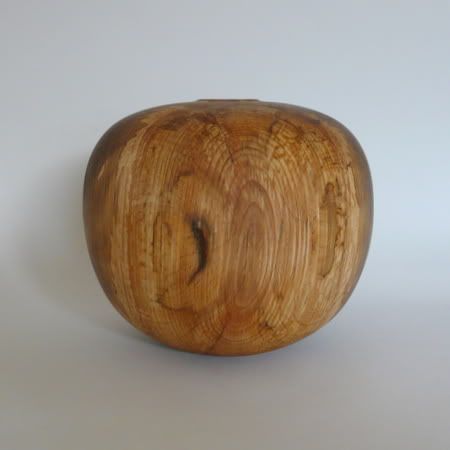
a group pic
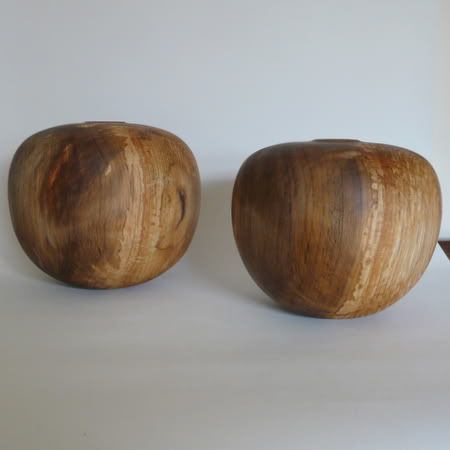
the wood is beech but it seems to have gone dark instead of spalting (a new one on me) there was a light patch in the centre of the log (which is the area on the forms) and a 1"ring around the outside which had spalted but the majority has just gone dark.
do i still say its spalted? in theory it has been affected by a fungus of some sort???
what do you think?
the first one




the second one (looks better in the flesh)




a group pic






